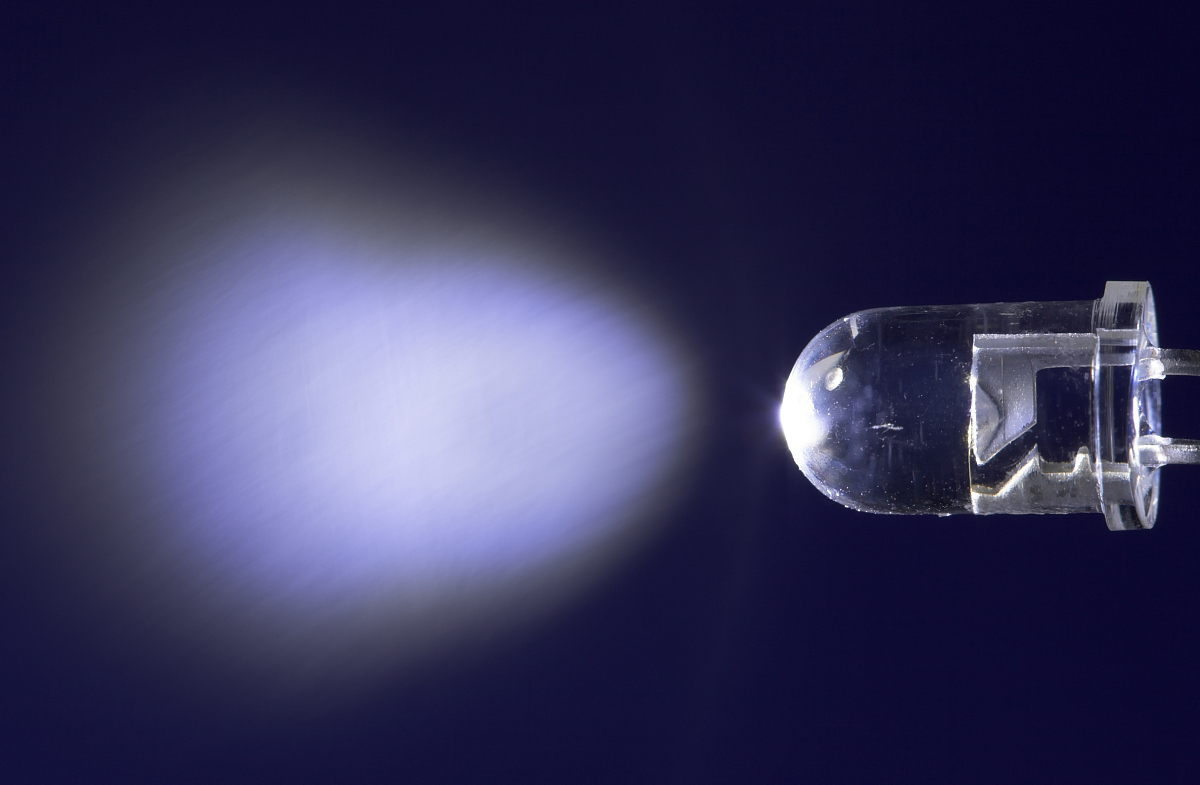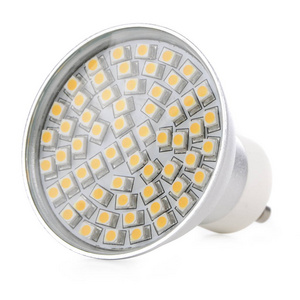Flicker (also known as light ripple), spectral distribution, and light intensity are key factors that significantly impact visual comfort while people work, study, or perform daily tasks. Dynamic variations in light brightness are often caused by a variety of factors, including unstable voltage fluctuations in the power grid, problems with the power supply powering the lamp, flaws in lamp design, and the use of substandard components during lamp production.
In most everyday situations, the human eye cannot directly detect the frequency of light ripple. However, when the amplitude and intensity of light brightness increase, they can cause a range of discomfort, such as fatigue, tearing, headaches, and eye pain. Even exposure to such light for just a few seconds can reveal early signs of light source failure.
In addition to light pulsation, changes in light frequency can also alter visual perception, a phenomenon known as the stroboscopic effect. The stroboscopic effect can create the illusion that objects are stationary or moving slower, which not only has adverse health effects but may also pose a potential threat to life.

New EU Regulation on Light Ripple Limits
In early September 2021, the European Commission introduced new regulations focused on "ecodesign," which have officially come into effect. This regulation changes the requirements for various electrical equipment, including LED light sources. It also establishes new energy efficiency ratings and sets new minimum requirements for light ripple and stroboscopic effects.
PstLM is a metric used to measure light ripple. "Pst" represents the short-term flicker intensity value, primarily reflecting flicker over short periods, while "LM" corresponds to the measurement method specified in the relevant standards. A PstLM value of 1 indicates a 50% probability that the average observer will detect light ripple. According to the new regulations, the required PstLM level must be less than or equal to 1 when the lighting equipment is operating at full load.
SVM is also a metric used to measure the light ripple effect; specifically, it is an important parameter that measures the visibility of light ripple. The new regulations, which define the probability of light ripple, require an SVM of greater than or equal to 1. If the SVM value is less than 1, the light ripple effect will be difficult for the observer to detect. According to relevant research and practical experience, if the SVM value can be controlled within the range of 0.4 or less, the likelihood of light ripple can be significantly reduced.

The Relationship between LED Light Sources and Stroboscopic Effects
Compared to traditional light sources, light-emitting diodes (LEDs) are more sensitive to voltage spikes in circuits. Therefore, when designing new lighting systems, professionals must not only fully consider the electrical characteristics of LEDs themselves, but also pay attention to their optical parameters. To effectively prevent the occurrence of stroboscopic effects, protective filters are usually installed in the power supply units of LED lamps. The rated parameter indicators of this filter will have a direct and significant impact on the final lighting quality.


